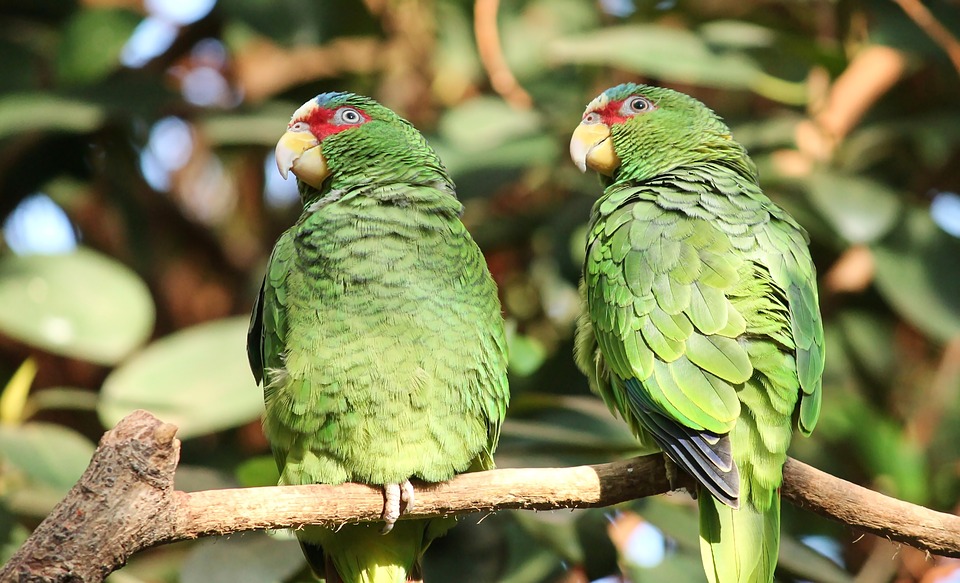Parrots, as social creatures, possess complex behaviors that are often driven by their need for attention and companionship. Understanding how these intelligent birds respond to attention-seeking behaviors is crucial for developing a deeper bond with them and providing the stimulation they need for a fulfilling life.
Attention-seeking behaviors in parrots can manifest in various ways. Vocalizations and calls are a common method parrots use to seek attention. This can include squawking and screaming, as well as mimicking sounds and words. Body language is another way parrots seek attention, such as preening and grooming, wing flapping and hopping, and head bobbing and dancing.
Positive reinforcement is key to managing attention-seeking behaviors in parrots. Reinforcing desirable behaviors by offering treats and praise, engaging in interactive play, and providing physical contact and petting can encourage these behaviors. Additionally, redirecting undesirable behaviors through distractions with toys and puzzles, introducing environmental enrichment, and implementing training and mental stimulation can help redirect their energy.
Establishing a daily routine is important for parrots, as it provides them with a sense of security and stability. This includes regular feeding and watering schedules, consistent social interaction and playtime, and maintaining a suitable sleeping environment. Setting boundaries and rules for handling and interaction is also crucial, as is avoiding reinforcing negative behaviors and using positive reinforcement to encourage compliance.
In the frequently asked questions section, common concerns are addressed. Parrots screaming excessively may be due to boredom, anxiety, or seeking attention, and addressing the underlying cause can help reduce this behavior. Preventing destructive behaviors can be achieved through providing toys, engaging in interactive play, and offering mental stimulation. Biting may occur when a parrot seeks attention, and understanding their body language and responding appropriately is important. Training can help reduce attention-seeking behaviors, and specific behaviors that indicate underlying health issues or emotional distress should be addressed by consulting with a veterinarian specializing in avian care.
In conclusion, understanding and addressing attention-seeking behaviors in parrots is crucial for their overall well-being and the harmonious relationship we share with them. By providing positive reinforcement, establishing routines, and offering mental stimulation, we can ensure that our parrot companions lead enriched and fulfilling lives. Patience and consistent training are key to nurturing a strong bond with these magnificent birds.









